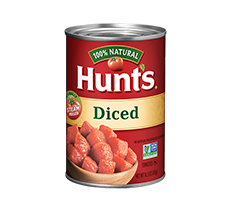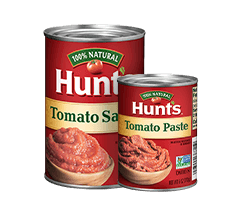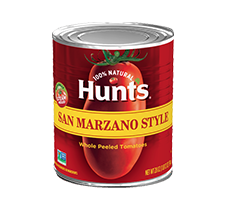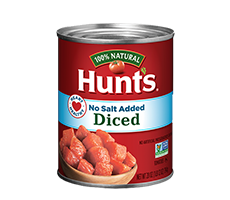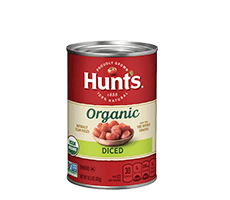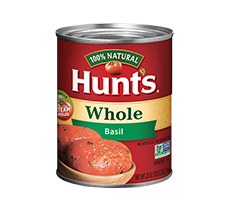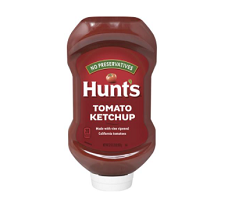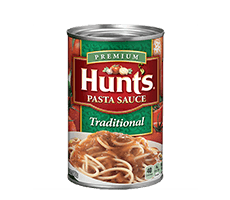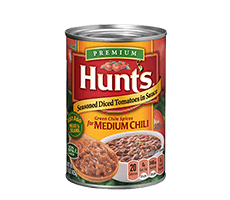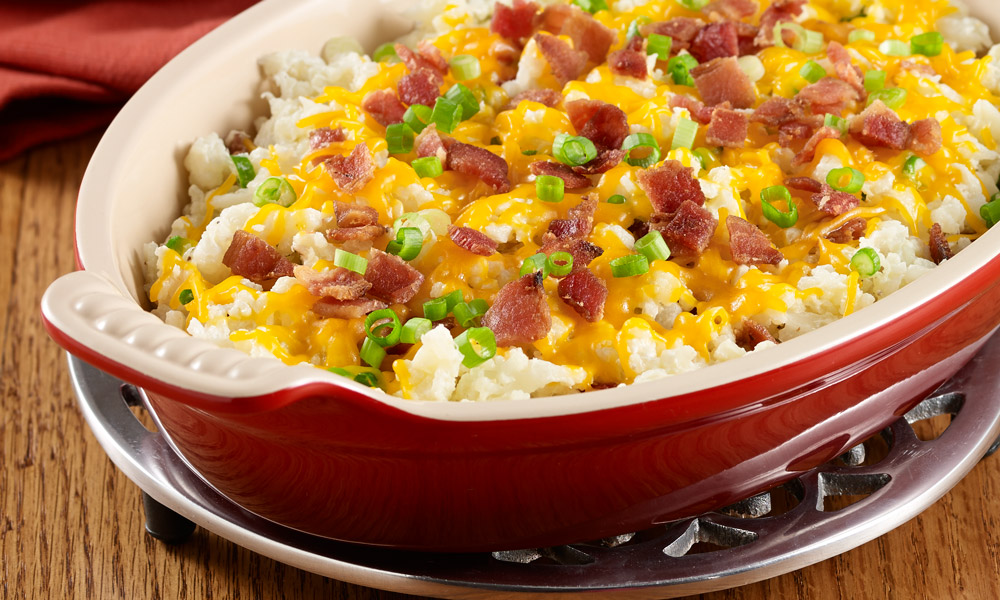Have you noticed the myriad of choices in your local supermarket’s prepared foods department? It’s all in an attempt to provide the food, speed, and convenience you crave — at a higher price.
Complete meals
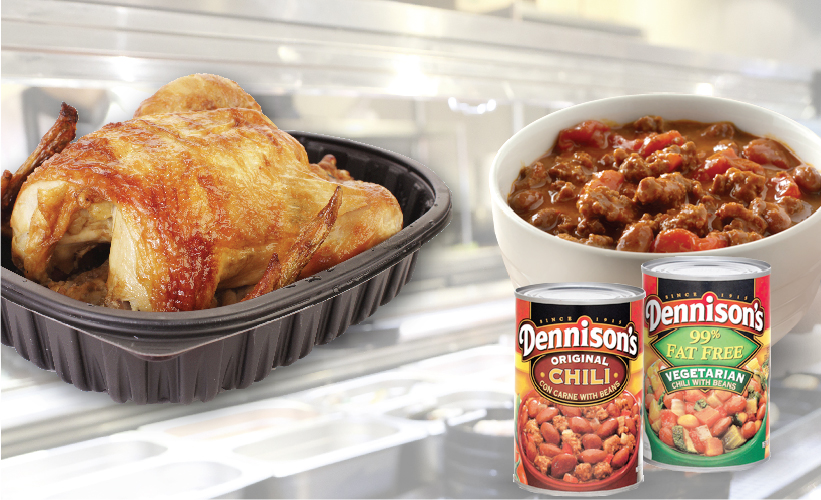
Complete your menu meals around the selections you’ve chosen from the prepared meals department with brands that fit your dinner theme. For example, add protein to your store's specialty mac 'n cheese, or sprinkle DAVID® sunflower or pumpkin seeds to add crunch and flavor to your arugula salad, baked flounder or stuffed salmon entrée. You can also use Hunt’s® canned tomatoes to prepare a sauce or Denisson’s® chili recipe to complete the rotisserie chicken you were able to snag from the hot counter.
Less Work
Prepared foods mean less work for you — that’s a good thing! At home, finish the meal prep by reheating the prepared food or by throwing it into the pan for a quick sautée; if you do use the pan, remember to use PAM® cooking pray for an easy cleanup afterward. Remember there are no cooking instructions for these meals, so be sure to ask the deli chef, the butcher, or the fishmonger at the store for tips to maximize enjoyment and minimize waste. And don't settle for a quick answer like: "oh just pop in the microwave for one or two minutes."
Prepared foods galore!
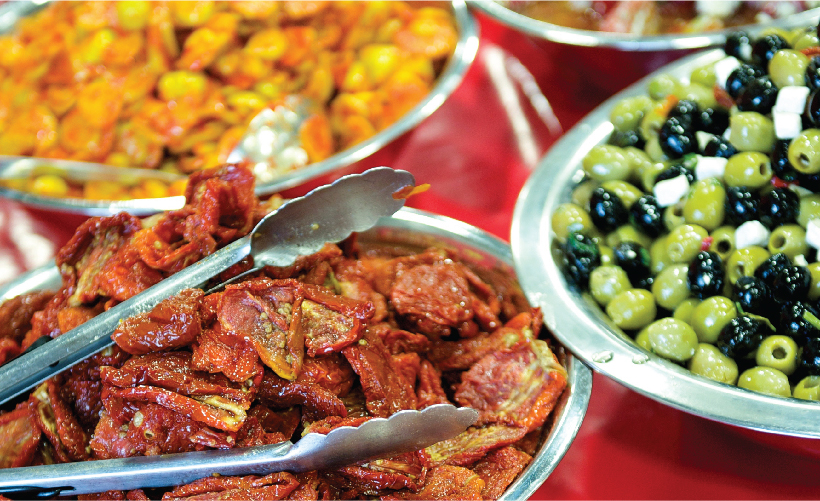
You’ll find prepared foods almost everywhere at the supermarket: at the deli case (order cold salads by the fraction of a pound), at the adjacent hot stations (self-serve and weigh), in see-through trays on prepared food cases, dairy shelves, at the meat case and at the seafood counter. Some supermarkets even have mini-refrigerators at the checkout for quick pickups. The variety is there to satisfy your taste buds so go and have fun shopping.
More routine, more fresh food
To buy the freshest prepared foods, learn your favorite store’s food layout routine. Between 9 a.m. and noon is often the best purchase time. If lunch crowds wipe out the displays, try to catch the mid-afternoon cycle for dinner.
Ask why

If, for instance, you see salmon salad priced higher per pound at the seafood counter than at the deli, ask why. It may have more salmon or less mayonnaise, or it may be the exact same product. If you see sushi marked down in the evening, understand there’s a reason — the food is less fresh.
Safety first

Count on supermarkets for food safety; their volume and turnover rate are higher than many takeout restaurants and specialty stores. But if you want to see for yourself that they’re serious about food safety, feel free to observe and ask the following questions: Do servers wash hands and change gloves between tasks? Is their hair restrained? Are they careful to keep all foods separate and not touching? Do they clean counters, slicers and scales with sanitizing solution? Are temperature gauges visible in cold cases and hot stations? Do self-serve bars have sneeze guards?
![]()

